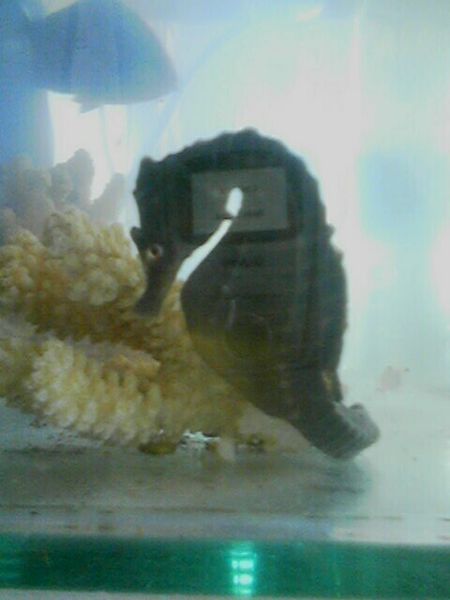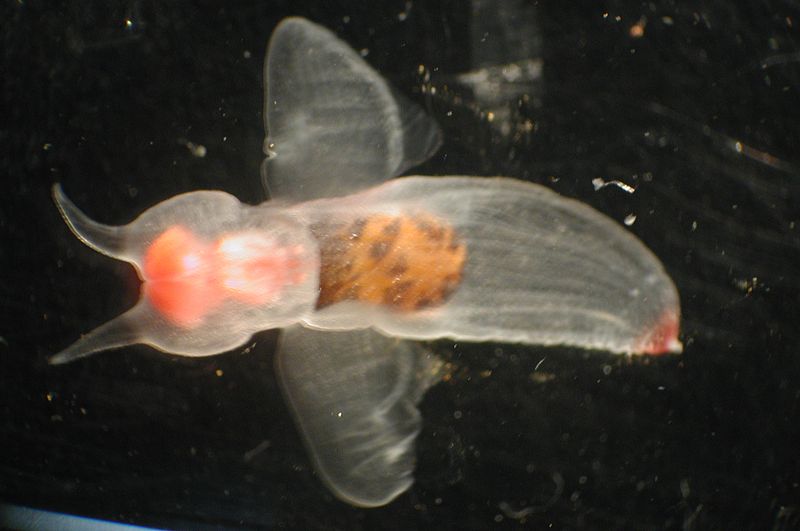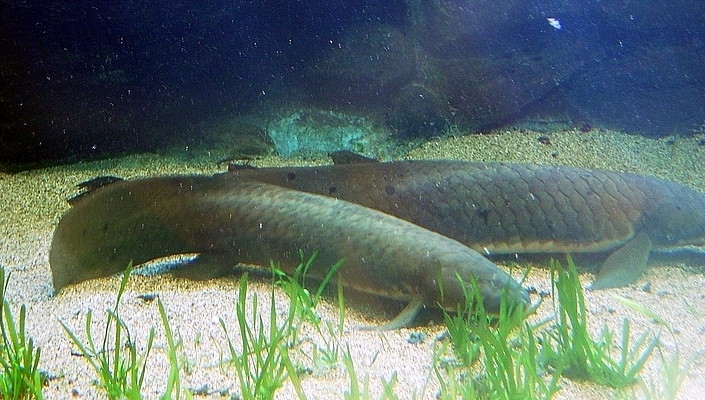 Hello, Frank Indiviglio here. Seahorse identification is a tricky prospect, as most species can change color, and many even periodically grow and discard fleshy appendages known as cirri. However, the husbandry needs of each species varies, so a proper ID is critical. Fortunately, the Big-Bellied or Pot-Bellied Seahorse (Hippocampus abdominalis) is very distinct in appearance.
Hello, Frank Indiviglio here. Seahorse identification is a tricky prospect, as most species can change color, and many even periodically grow and discard fleshy appendages known as cirri. However, the husbandry needs of each species varies, so a proper ID is critical. Fortunately, the Big-Bellied or Pot-Bellied Seahorse (Hippocampus abdominalis) is very distinct in appearance.
Description
At 12.5 inches in length, the Big-Bellied Seahorse is one of the largest (perhaps the largest) of the world’s 120+ seahorse species. The body is noticeably deeper than that of other seahorses. Males possess a huge brood pouch, which is usually white in color and bordered with yellow at the top. Other distinguishing features are the number of dorsal fin rays (26-29), trunk rings (12-13) and tail rings (45-48), all of which exceed those of most other species. Read More »
 That Fish Blog – Aquarium Advice and Information
That Fish Blog – Aquarium Advice and Information




